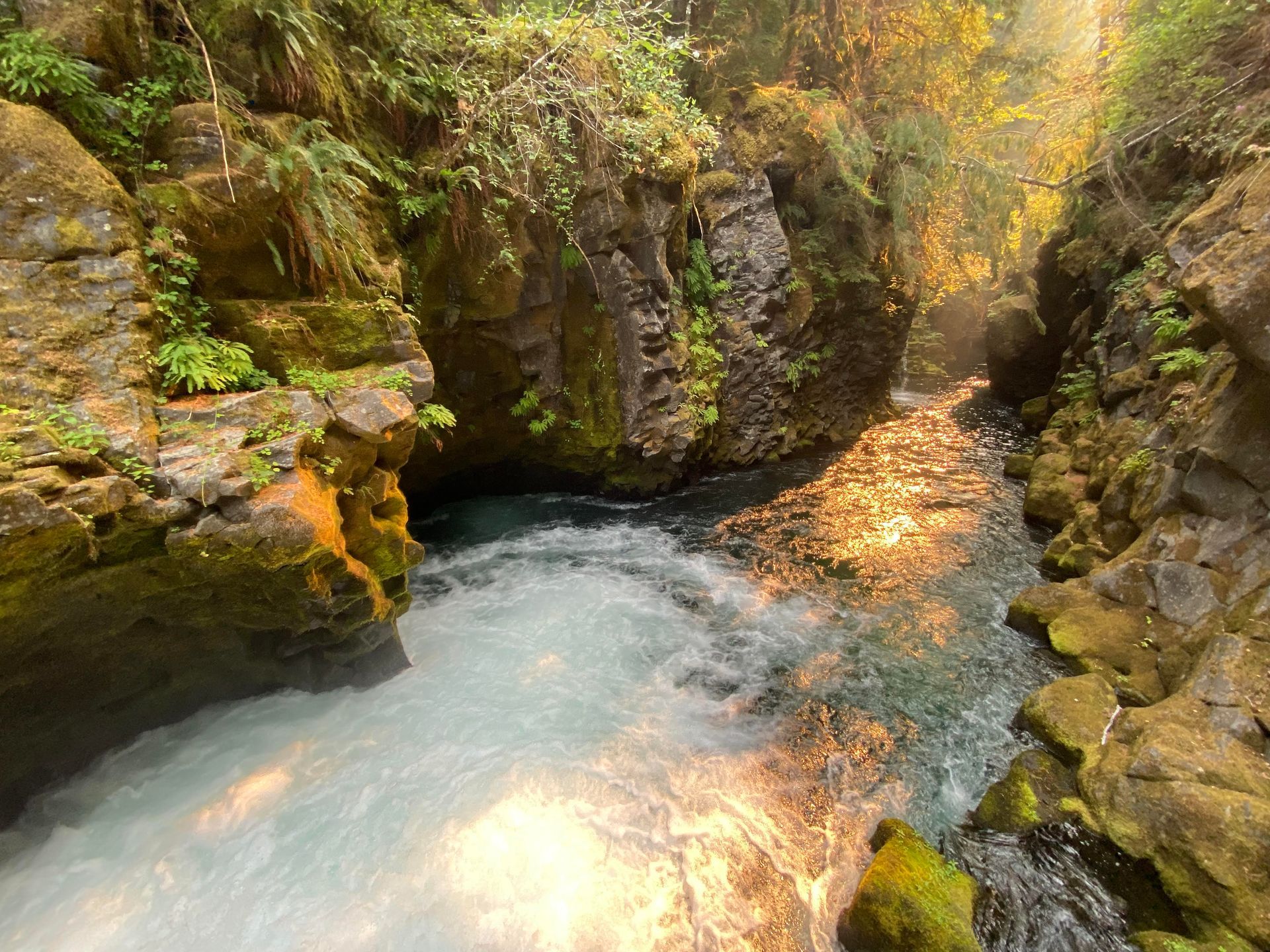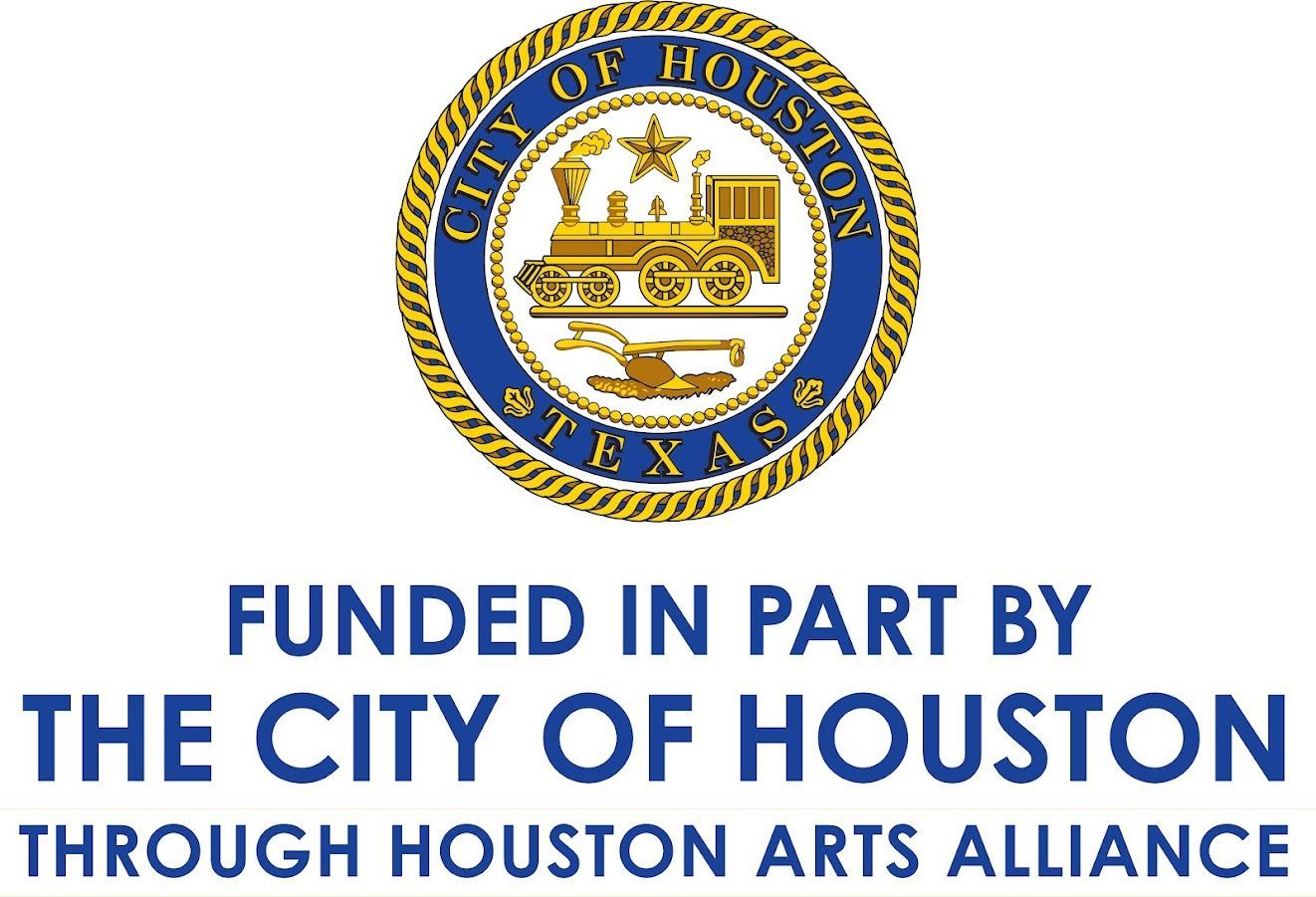Noticing Synchronicities as a Mindfulness Practice
If you’ve ever set foot in a Jungian space, you’re probably familiar with the concept of synchronicity . The term was coined by Carl Jung in the 1920s, and refers to the phenomenon in which otherwise unrelated events are connected through personal meaning. In other words, a synchronicity is an apparent coincidence that holds an emotional or spiritual connection for you. For example:
● Dreaming about an old friend the night before they reach out to you for the first time in years.
● Hearing the same specific phrase repeatedly from different sources.
● Watching a random episode of a tv show in which the characters are dealing with the same issues you’ve been dealing with.
It’s fun to notice synchronicities in our daily life, and as a practice, taking note of synchronicities can actually improve mindfulness and mental well-being.
It Builds a Sense of Interconnectedness
Our most recent blog post talks about the interdependence of the human race, and the importance of remembering that we’re all connected. Observing synchronicities is another way of reminding ourselves of this interdependence.
An overheard conversation between complete strangers could happen to give you the answer to a question you’ve been wrestling with, noticing that you’re wearing the exact same outfit as someone else at the bar could be the beginning of an impactful friendship – every person we meet has the power to change the course of our lives forever (and we hold that sacred power as well).
It’s an Insight into Your Subconscious
If you find you’re repeatedly noticing synchronicities in your life, that can be your brain’s unconscious way of steering you towards something you need to focus on. Try keeping a journal of the synchronicities you observe, and see what themes are frequently cropping up for you, and what personal significance they hold.
Say you’re having recurring dreams about frogs, and suddenly you’re seeing frogs all the time when you go out for walks, watch TV, and scroll social media. If you keep noticing them, start to consider what you personally associate with frogs. Are they the favorite animal of someone special? That could be your subconscious inviting you to reach out and spend time with that person. Does a frog hopping from place to place symbolize a sense of freedom for you? Maybe you’re feeling stuck somewhere, and you’re being urged to take a metaphorical leap into something new.
There’s no wrong answers. Analyzing the things that repeatedly catch your attention and the thoughts and feelings they evoke can provide a powerful glimpse into what’s bubbling up below the surface.
It Anchors us to the Moment
When we take note of a moment of synchronicity, it holds our awareness in the present. Appreciating the weird coincidences in life gets us to pay attention to the right-here-right-now, and the simple act of wondering at what feels like a magic little moment curated just for us, and basking in the joy of it, is a mindfulness practice in itself.
What are Some Synchronicities You Can Appreciate?
The next time you hear a stranger hum the song that’s been stuck in your head all morning, or a friend texts you seconds before you were about to text them, take a moment to sit with the joy of the experience. Wonder at the perfect timing and laugh at the strangeness of the moment, and how many little pieces had to fall into place just so in order for you to have that experience.
Mindfulness teaches us to be fully present in the moment, and what better way is there to do so than to stop and appreciate life’s little magics?
– –
Article by Rachel Connelly (Mind Body Spirit Institute Associate)
The post Noticing Synchronicities as a Mindfulness Practice appeared first on The Jung Center of Houston, Texas.






